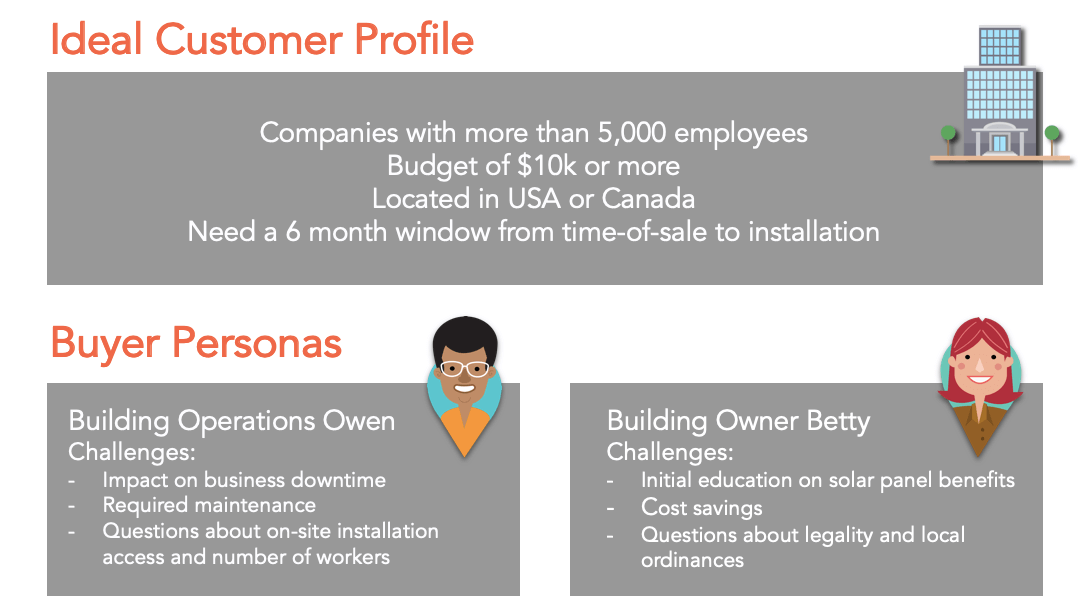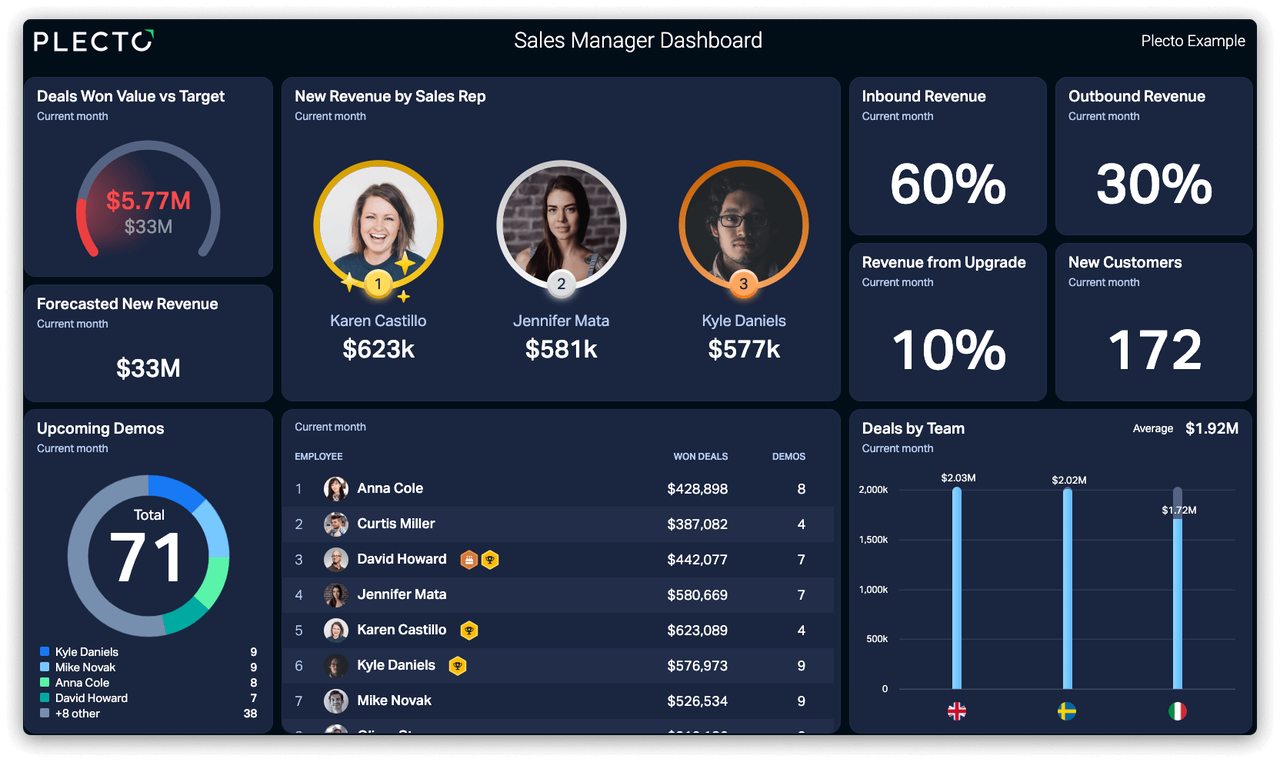In today's competitive market, we are bombarded with sales pitches everywhere—right from the second you start your day until you go to sleep. Cold emails, calls, DMs—everywhere. So, just-another-sales-strategy doesn't get the job done for most businesses.
Mastering the art of sales outreach is crucial for any business looking to thrive. Sales outreach involves more than just making calls or sending emails. It's about strategically connecting with potential clients to foster relationships and drive sales.
Understanding the nuances of effective sales outreach can significantly enhance your team's performance and increase conversion rates. This blog post will guide you through the essential steps of crafting a foolproof sales outreach strategy. You will walk away with a checklist for making sure your sales process is solid and foolproof. So, let’s dive right in!
What is Sales Outreach?
Sales outreach is the process of reaching out to potential customers with the goal of introducing them to your products or services. It's a critical component of the sales cycle, where the aim is to convert prospects into leads and, ultimately, customers.
Here are a few reasons why having a sales outreach checklist is important:
- Increased efficiency
- More structured approach
- Enhances customer targeting
- Consistency in communication
- Better sales KPI tracking
- Better scalability
- Competitive advantage
- Nurtures long-term customer relationships
The Ultimate Sales Outreach Checklist:
Now that you understand how important it is to have a sales outreach strategy, here’s a checklist for you to copy, save, and share with your team.
1. Create Detailed Buyer Personas
Creating detailed buyer personas is the foundation of any effective sales outreach strategy. What’s a buyer persona? It’s a semi-fictional representation of your ideal customer based on market research and real data about your existing customers.
These are some of the important things to include in your buyer persona:
- Demographic information: Include age, job title, industry, and geographic location. This helps in understanding who you are targeting and where your marketing efforts should be concentrated.
- Psychographics: Dive into the motivations, goals, and pain points of your potential customers. What drives their buying decisions? What are their primary concerns regarding your product or service?
- Preferred communication channels: Identify where your personas spend most of their time. Is it on LinkedIn, email, or industry-specific forums? Knowing this ensures that your outreach efforts are seen and heard.
- Buying behavior: Understand the buying process of your personas. Are they impulse buyers, or do they perform extensive research? If you’re selling B2B software, how well would your enterprise SaaS pricing fit their budget? This will guide the timing and content of your outreach.
Understanding who your buyers are, what challenges they face, and what solutions they are seeking is crucial for tailoring your outreach efforts.

2. Determine the Best Outreach Channels
Next, you need to ensure your messages reach your target audience effectively. Here’s a breakdown of some of the most effective outreach channels:
- LinkedIn: Ideal for B2B outreach, LinkedIn allows you to connect directly with decision-makers. You can utilize LinkedIn InMail for personalized messages or engage with potential clients by commenting on their posts and sharing relevant content.
- Email: Email remains a powerful tool for outreach because it has high engagement and conversion rates. You can use cold emailing platforms to automate and track email campaigns, making it easier to follow up and gauge interest.
- Phone calls: Sometimes, a direct call can make a significant impact. It’s immediate and personal, perfect for high-value prospects.
- Social media: Platforms like X and Facebook can be useful, especially for reaching out to brands or younger audiences. Social media management tools like Hootsuite or Buffer help schedule posts and track engagement.
- Webinars and virtual events: Hosting or participating in webinars and virtual events can attract and engage potential clients. You can use platforms like Zoom or GoToWebinar that facilitate these interactions and can integrate with your outreach tools to capture leads.
- Direct mail: In an increasingly digital world, sometimes a well-crafted piece of direct mail can stand out.
3. Create a Sales Outreach Plan with Specific Goals
Developing a structured sales outreach plan with specific, measurable goals is crucial for guiding your team's efforts. You can work with an online business coach to create this plan. This plan should outline what you aim to achieve through your outreach and how you intend to do it.
- Set clear objectives: Begin by defining clear objectives for your outreach. Are you looking to increase brand awareness, generate leads, or directly drive sales? Setting specific goals helps tailor your strategies effectively. For instance, if the goal is lead generation, your focus might be on capturing emails and scheduling demos.
- Timeline and milestones: Establish a timeline for your outreach activities. Break down the process into phases, each with its own milestones. This could include initial contact, follow-up communications, and final negotiations. This ensures the team stays on track.
- Choose tactics and tools: Decide on the tactics and tools that will best help you achieve your goals. This might involve a combination of email marketing, social media engagement, and sales dashboards for KPI tracking. Utilize CRM software to manage contacts and automate parts of the outreach process.
Allocate resources: Determine the resources necessary for successful implementation. This could include budgeting for tools and platforms, as well as assigning team members specific roles and responsibilities based on their strengths. This also includes gathering the best sales pitch templates that could work for your buyer persona.
Build your first dashboard.
Start your 14-day free trial today
4. Utilize the Best Possible Prospecting Methods
Your sales outreach efforts need to be targeted and effective. For this, you need to pick the best prospecting methods based on your buyer persona. This also depends on your products/services. For example, channels used for marketing B2B products may be different from the ones used for B2C.
Here are some proven techniques to incorporate into your sales strategy:
- Leverage social selling: Utilize platforms like LinkedIn Sales Navigator to connect with potential clients. Engage with their content, join relevant groups, and participate in discussions. This approach helps build relationships and trust before the first direct contact.
- Cold emailing: Despite its reputation, cold emailing can be highly effective if done correctly. Personalize your emails, make them relevant to the recipient, and always provide value. You can make this easier using AI email writing tools.
- Networking events: Attend industry networking events, conferences, and seminars. These can be invaluable for meeting potential clients face-to-face, understanding their needs, and establishing a connection that can be nurtured online. Remember to keep an e-business card handy to share important information and capture leads easily.
- Referral programs: Encourage existing clients to refer new prospects by offering incentives. A referral from a satisfied customer can significantly increase the likelihood of a successful outreach.
- Content marketing: Produce high-quality, informative content that addresses common pain points or questions in your industry. High-quality videos can help with lead generation. This not only helps in establishing your brand as a thought leader but also attracts potential clients who are seeking solutions.
5. Create a System to Keep Track of Leads
The sales outreach process can get haphazard and leads may slip through the cracks if you don’t have a system to keep track of them. Such a system helps to keep detailed records of each interaction and ensures that no opportunity is missed due to oversight or disorganization.
You can start by choosing a robust Customer Relationship Management (CRM) system that fits the needs of your business. A good CRM will allow you to record every interaction with a lead, schedule follow-ups, and categorize leads based on their interest level, purchase readiness, or other custom criteria. This streamlines the process of delivering tailored proposals and facilitating negotiations.
Pick a sales KPI tracking tool that seamlessly integrates with your CRM. Incorporate automation where possible within your CRM. Automation can help in setting reminders for follow-ups, sending out initial contact emails, and even alerting team members when a lead takes a significant action, like visiting your pricing page.
6. Track Metrics and Gather Feedback to Improve your Outreach Strategy
Tracking metrics and gathering feedback are crucial steps in refining and enhancing your sales outreach strategy. By understanding what works and what doesn’t, you can make informed decisions that lead to better results.
You can use Plecto’s sales dashboards for real-time KPI visualization. You can gamify the entire sales outreach process for your reps and visualize everything inside one single dashboard.
You can start by identifying key performance indicators (KPIs) that are relevant to your outreach goals. These might include response rates, conversion rates, and the average time to close a deal. Tools like Google Analytics, CRM software, and email marketing platforms can provide you with these metrics, offering insights into the effectiveness of your outreach efforts.
Additionally, actively seek feedback from both successful and unsuccessful leads. Understanding why a prospect chose to engage with your company, or why they didn’t—can provide valuable insights. This feedback can be gathered through follow-up emails, surveys, or even direct conversations.
Regularly review and adjust your metrics and feedback collection processes. This continuous improvement cycle will help you stay competitive and ensure that your sales outreach strategy remains effective over time.
Conclusion
And there you have it—a comprehensive sales outreach checklist for you and your team to start using right away. Make sure to tweak the checklist based on your goals and objectives. And remember, using the right tools like Plecto can make your sales outreach much more effective and organized.
EDUARD KLEIN
International Digital Growth Specialist
Eduard Klein is an International Digital Growth Marketer, Blogger, and Entrepreneur with a global mindset. He guides through the process of starting and growing a digital business, and riding the wave of digital technology and marketing without getting swept away.




